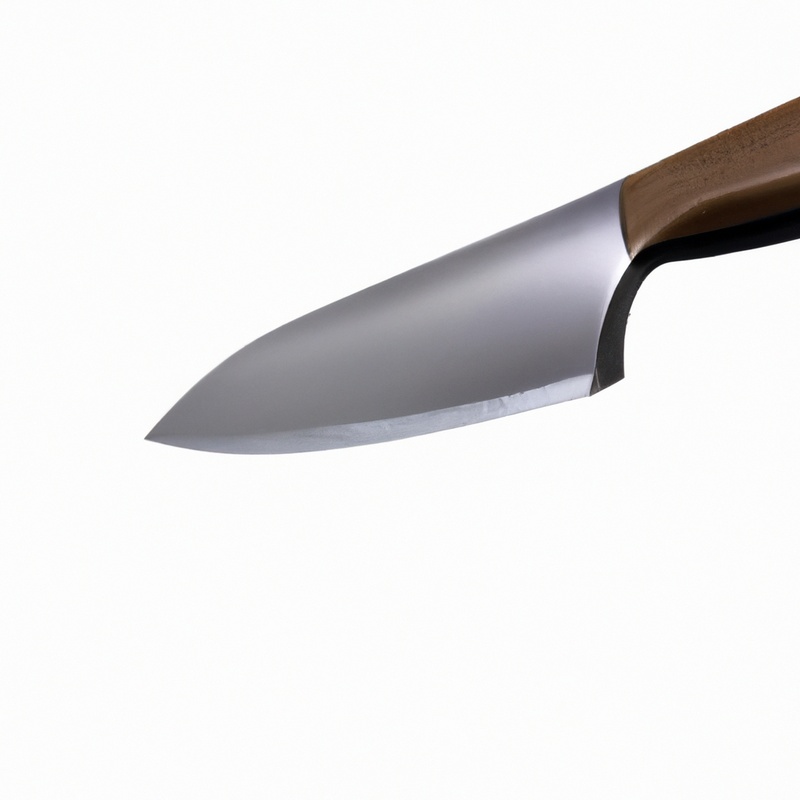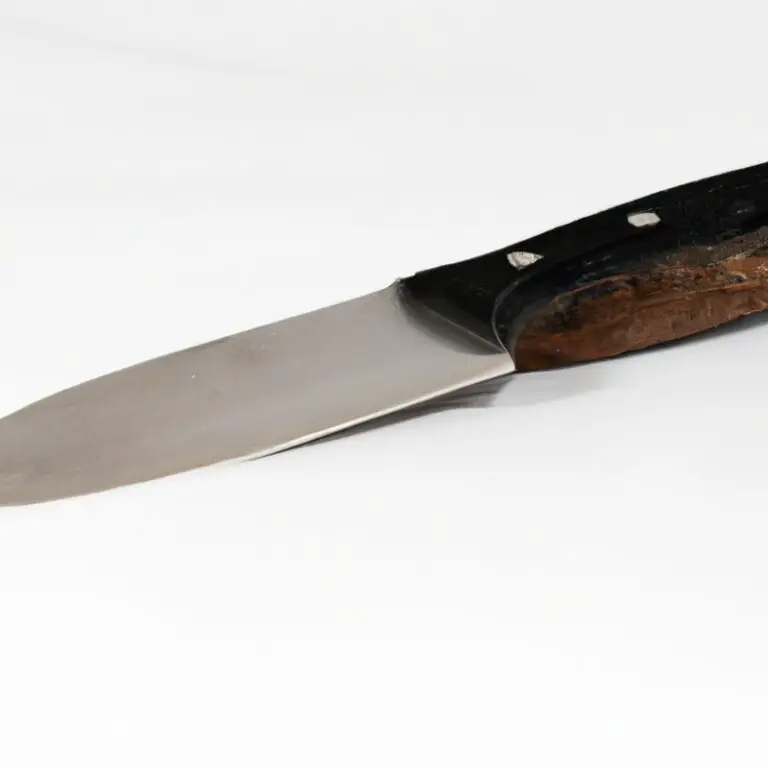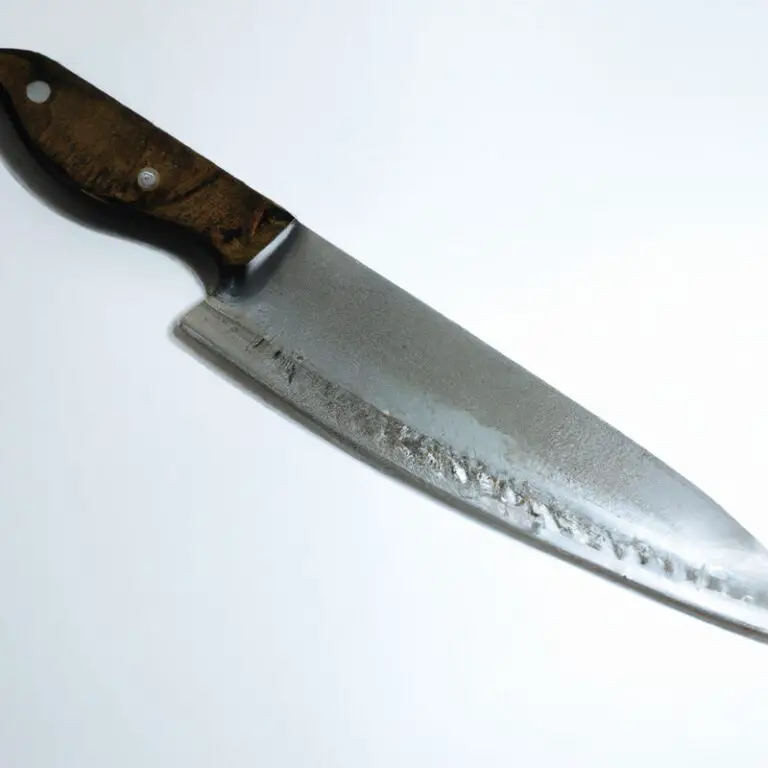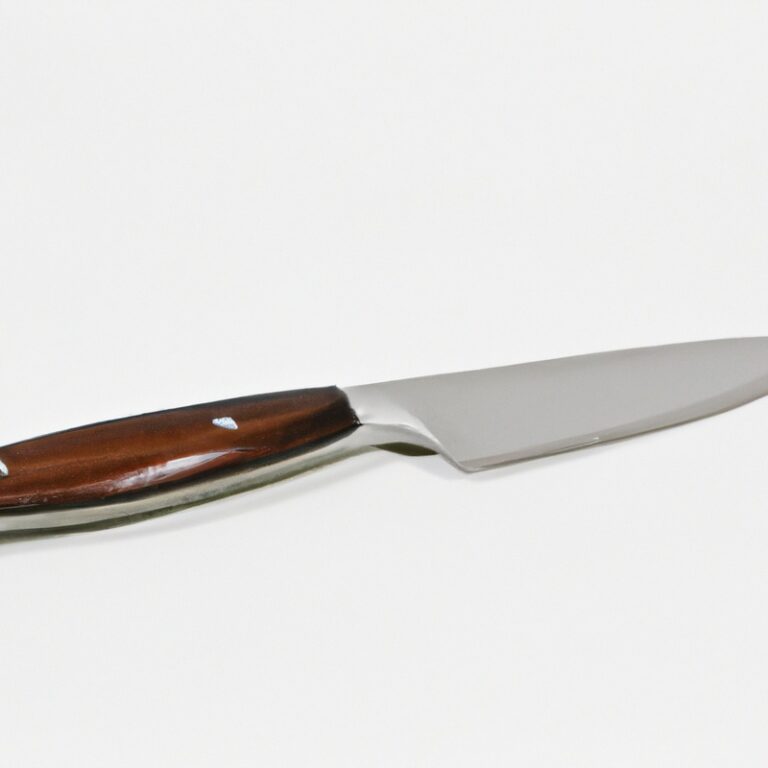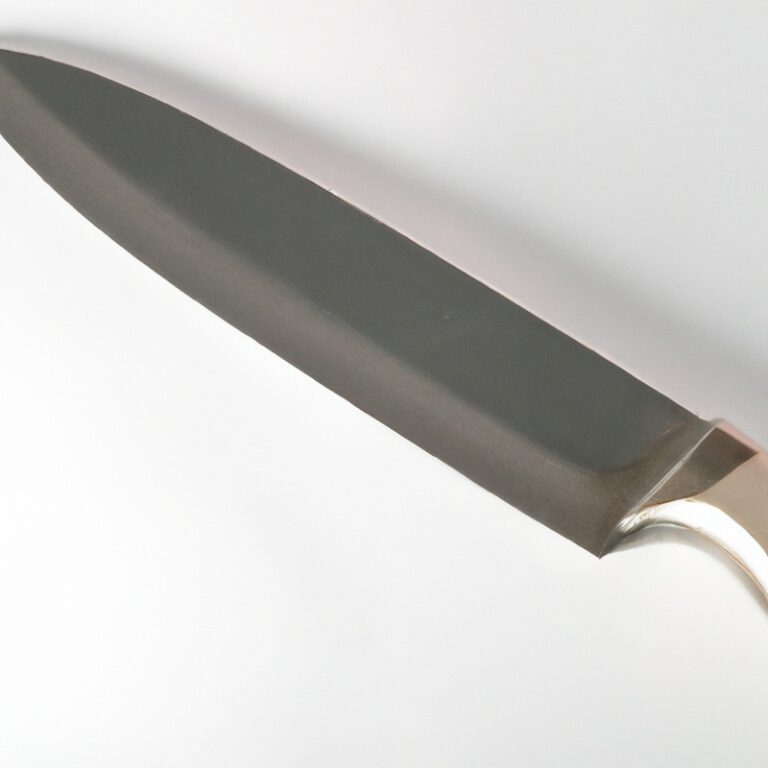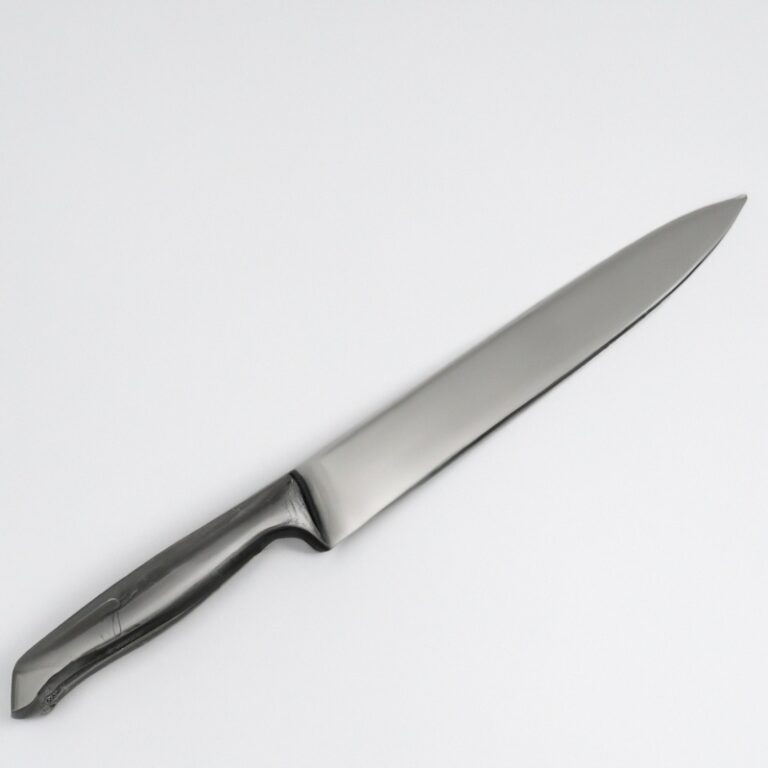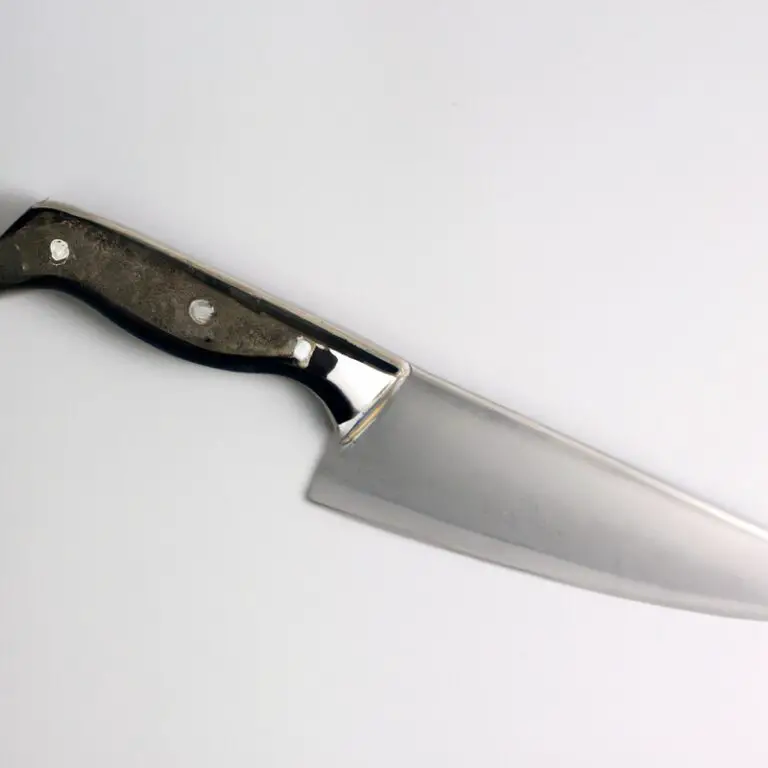How To Fillet a Brook Trout Using a Fillet Knife? Master The Technique Effortlessly!
Key Takeaways:
- Choose the right fillet knife for the job and keep it sharp to make clean and precise cuts.
- Follow the natural contours of the fish and use a steady hand to avoid damaging the flesh.
- Remove all bones carefully and thoroughly to ensure a safe and enjoyable eating experience.
- Practice and patience are key to becoming proficient at filleting fish, so don’t be discouraged if it takes some time to master.
Are you a novice fisherman looking to fillet your catch for the first time? Or an experienced angler looking to refine your filleting technique?
Regardless of your skill level, filleting a brook trout can be a daunting task.
But fear not, with the right tools, technique, and a little practice, you can become a master at filleting brook trout using a fillet knife. In this article, we will guide you through the step-by-step process of preparing, cutting, and trimming brook trout fillets like a pro.
So put on your apron and grab your fillet knife, it’s time to get to work.
Preparing the trout: Scaling, gutting, and cleaning
Before filleting a brook trout, it’s important to properly prepare the fish by scaling, gutting, and cleaning it. Start by using a dull knife or a scaler to remove the scales, working from the tail towards the head.
Next, make a small cut with a sharp knife just behind the gills and use your fingers or pliers to remove the entrails.
Rinse the fish under cold water to remove any remaining blood and guts. If desired, you can also remove the head, fins, and tail.
Pat the fish dry with a paper towel before filleting.
Properly preparing the trout will make filleting easier and ensure a clean, fresh fillet.
Choosing the right fillet knife for the job
Choosing the right fillet knife is crucial for a successful filleting experience. The ideal fillet knife should have a flexible blade that can easily maneuver around bones and contours of the fish.
A blade length of 6 to 9 inches is recommended for trout, which is small enough to handle but long enough to work through the fish.
Additionally, the handle should be comfortable and provide a secure grip to prevent slipping. A comfortable grip allows for better control during the filleting process, which is important for accuracy and safety.
When selecting a fillet knife, it’s important to consider the material of the blade.
Stainless steel blades are popular because they are durable, sharp, and easy to maintain. However, high carbon stainless steel blades are sharper and more durable than regular stainless steel blades but require more maintenance.
Lastly, it’s important to remember that choosing the right fillet knife is not a one-size-fits-all approach.
Consider the type of fish you’ll be filleting and choose a knife accordingly. A quality fillet knife may be an investment, but it will make a significant difference in the outcome of your filleting experience.
Positioning and securing the trout on a cutting board
Positioning and securing the trout on a cutting board is an important step in filleting a brook trout. Start by placing the trout on the cutting board with its head to your dominant hand’s side.
Press down on the fish’s head with your non-dominant hand, making sure to hold it firmly in place.
Next, position the tail end of the fish toward the edge of the cutting board, ensuring that it is stable and won’t move during the filleting process. It’s important to have a good grip on the fish to prevent it from slipping around on the cutting board, which could cause injury.
For added stability, you can also place a damp towel or non-slip pad underneath the cutting board to prevent it from sliding around on the counter.
Overall, taking the time to properly position and secure the trout on the cutting board will make the filleting process easier and safer. It’s worth noting that if you’re new to filleting fish, it may take some practice to perfect your technique, so be patient and take your time.
Making the first cut: From head to tail along the backbone
To begin filleting a brook trout, you must first make an incision from the head to the tail along the backbone of the fish. This first cut is crucial as it serves as a guide for the rest of the filleting process.
Start by placing the trout on a cutting board, and using a sharp fillet knife, make a small cut at the base of the gills.
Next, slide the knife blade along the backbone towards the tail, using a gentle sawing motion to separate the flesh from the bone. Take your time and be careful not to cut through the spine.
Once you’ve reached the tail, turn the knife around and cut through the skin and flesh at the base of the tail to separate the fillet from the trout.
Repeat this process on the other side of the fish to get two fillets. It’s important to note that you should remove the head and tail of the fish after making this cut for easier handling during the rest of the filleting process.
With practice, making this first cut will become second nature, and you’ll be on your way to perfectly filleting a brook trout.
Removing the first fillet: From spine to skin
To remove the first fillet of a brook trout, start at the spine and work your way towards the skin. Hold the knife at a slight angle and use gentle slicing motions to separate the meat from the bones.
As you work your way down, use your fingers to pull the meat away from the spine.
Once the fillet is separated from the spine, turn the fish over and repeat the process on the other side. It’s important to take your time and work slowly to avoid damaging the meat or leaving any bones behind.
With practice, you’ll be able to remove fillets with ease and precision.
Turning the trout over and repeating the process for the second fillet
After removing the first fillet, turn the trout over on the cutting board and repeat the process for the second fillet. Make the first cut from head to tail along the backbone and then remove the second fillet from spine to skin, just as you did with the first one.
Remember to keep the knife blade at a shallow angle to minimize the loss of flesh, and always cut against the grain of the fish.
Once you have both fillets, trim them by removing any remaining bones and fat. Inspect and clean the fillets before storing them properly until ready to cook.
With practice, you can master the art of filleting a brook trout using a fillet knife and enjoy perfectly prepared fillets every time.
Trimming the fillets: Removing any remaining bones and fat
Once both fillets have been removed, it’s time to trim any remaining bones and fat. Start by running your fingers along the fillet to feel for any small bones or pin bones that may have been missed during the initial filleting process.
Use a pair of clean tweezers or pliers to carefully remove any bones that you find, taking care not to tear the flesh.
Next, trim away any remaining fat or dark flesh along the edges of the fillet. This will improve the flavor and texture of the finished dish and make for a better presentation.
You can use a sharp fillet knife or kitchen shears to trim away any unwanted bits.
When you’re finished trimming, take a close look at the fillet and make sure it’s free of bones and debris. Rinse it quickly under cold water to remove any traces of blood or scales, and pat it dry with a paper towel.
With both fillets ready to go, you’re almost ready to cook – but first, let’s talk about how to store your fillets until you’re ready to use them.
Inspecting and cleaning the fillets
Inspecting and cleaning the fillets is a crucial step in ensuring a delicious and safe meal. Before cooking, carefully inspect the fillets for any remaining bones or debris.
Using a pair of clean and sharp tweezers, carefully remove any remaining bones and pin bones.
Next, rinse the fillets with cold water and pat them dry with a clean towel. Finally, use a sharp fillet knife to remove any remaining skin or unwanted fat.
It is essential to clean your fillet knife thoroughly after use to prevent any potential bacterial growth.
Wash the knife with hot, soapy water and dry it with a clean towel. Store the knife in a safe place until your next use.
Properly inspecting and cleaning your fillets will not only enhance the flavor of your meal but also ensure its safety.
Properly storing the fillets until ready to cook
After filleting the brook trout, it is important to store the fillets properly to maintain their freshness and prevent spoilage. The best way to store the fillets is to place them in an airtight container or wrap them tightly in plastic wrap or aluminum foil.
Then, store them in the refrigerator at a temperature of 32°F to 40°F until you are ready to cook them.
Avoid storing the fillets for too long as they will lose their flavor and texture. As a general rule, it is recommended to cook the fillets within 2-3 days of refrigeration for the best results.
By following these steps, you can ensure that your brook trout fillets stay fresh and delicious until you are ready to prepare them.
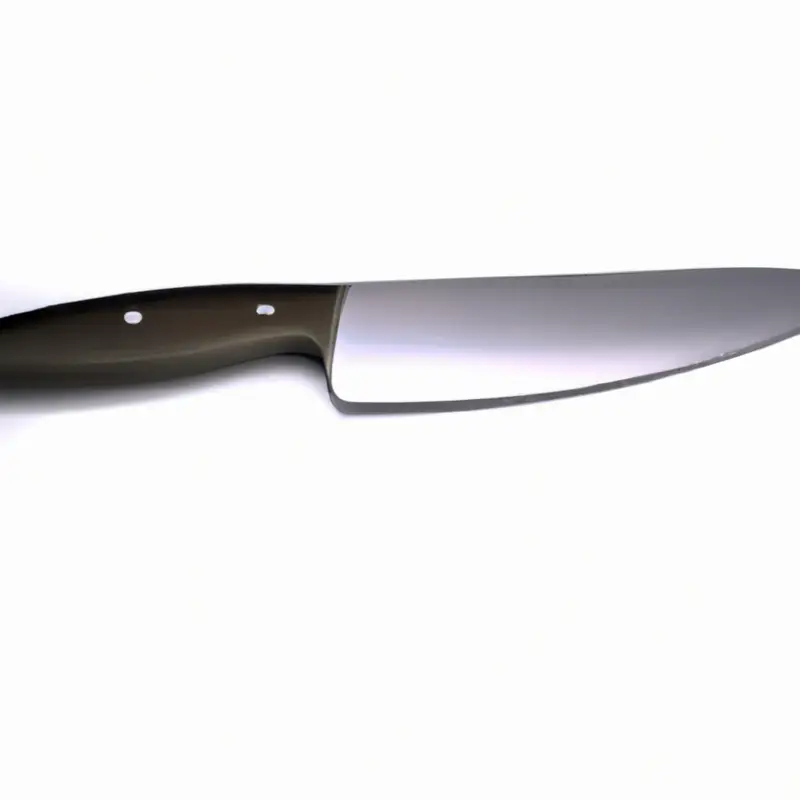
Practice makes perfect: Tips for mastering the art of filleting
Mastering the art of filleting takes time and practice, but with these tips, you can improve your filleting skills and achieve better results:
- Sharp knife: Always use a sharp fillet knife. A dull knife makes it harder to fillet the fish and can damage the flesh.
- Proper grip: Ensure a secure grip on the knife, this will prevent the knife from slipping and destroying the fillet.
- Correct angle: Maintain the correct angle when cutting the flesh, especially when making the initial cut. A shallow angle will result in a lot of meat left on the bones, and a steep angle will result in wasted meat.
- Slow and steady: Take your time when filleting. Rushing increases the likelihood of mistakes.
- Practice: Practice on different types of fish and work on your technique. Each fish has unique characteristics, and improving your skills on different species will lead to better results.
By following these tips, you will gradually improve your filleting skills and achieve better fillets.
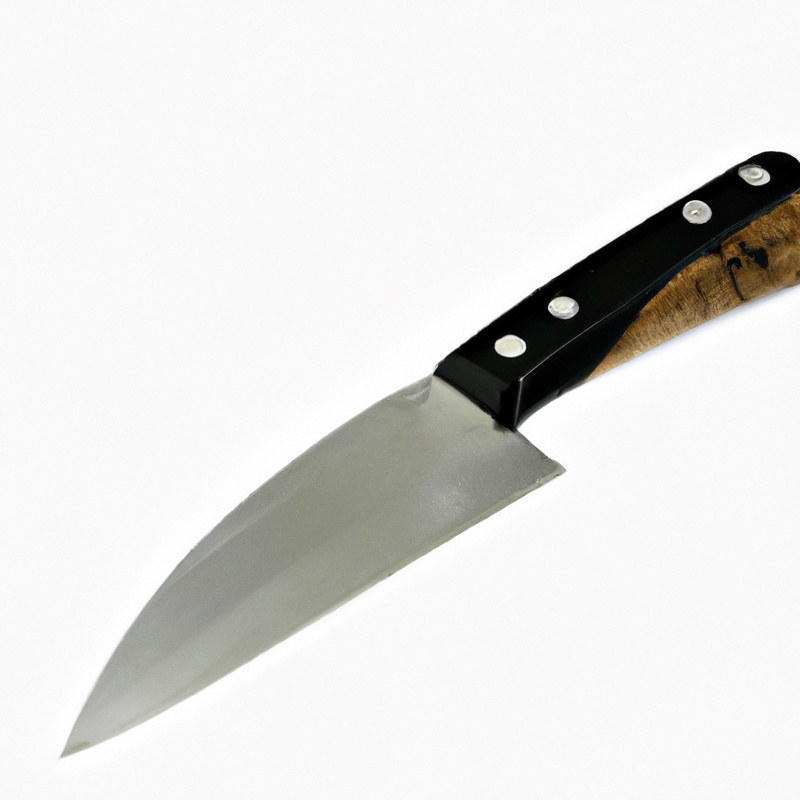
Final Verdict
Filleting a brook trout using a fillet knife may seem like a daunting task, but with the right tools and techniques, it can be a rewarding experience. From scaling and gutting to properly storing your fillets, following the outlined steps can result in a delicious and visually appealing final product.
Remember to take your time, practice often, and exercise caution with your fillet knife to avoid injury.
By mastering the art of filleting, you can elevate your culinary skills and take pride in your ability to prepare and cook fresh fish. Trust in the process, and soon enough, you’ll be filleting trout like a pro.

